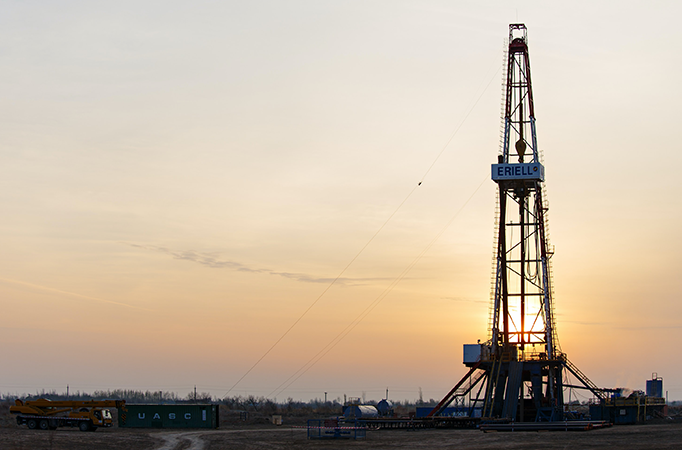
Morning Brief – Hey Ho up she rises
Carrying 18,300 containers, the cost of the stranded Ever Given vessel in the Suez Canal was costly for its operators, Taiwanese Evergreen, the privately operated canal, global trade, and me. Perhaps my IKEA package that spent nearly a week of it’s pre-delivery life on that boat stranded just outside the Egyptian city of Suez is small change in comparison. In fact, the private canal operators are expected to have lost tens of millions of Dollars in foregone passage fees. The estimated hold up to global trade could have knock on effects that leave a lasting impact on annual figures with just-in-time supply chains already at breaking point due to the pandemic. After the spring tide allowed the gigantic container ship to be refloated into wider passages of the canal for inspection, the price of oil immediately fell 1%. The Suez blockage has created interesting dynamics in commodity markets that in turn have fed into commodity currencies and risk assets in interesting ways.
Consider Brent crude oil: the European benchmark of North Sea oil adopted globally. A lot of the supply of Brent crude passes through the canal each day satisfying demand from the Far East. Similar delivery methods to keep this market ticking involved taking over one week of additional travel and shipping time and cost to go around the Horn of Africa. This constrained the supply of Brent crude within the market but also had a knock on impact upon demand as it was reallocated elsewhere geographically where possible. This conflict between supply and demand made the price action messy with the price of many commodities showing a high degree of volatility as they reflected idiosyncrasies of the individual deal and delivery more than generic futures contracts.
Provided that the total volume traded of each commodity whose price rose due to the Suez crisis did not fall, so as to deliver a lesser total revenue, the blockage could be positive for the national currency that has a chiefdom within the export market for that particular commodity. I.e if one nation exports one commodity whose price was inflated, provided they face an ineleastic demand curve it would entail more demand of local currency whose price in turn should rise. The equities rout on Friday has further obscured the impact of the supply chain woes upon commodity currencies. So too the surprise turn in the course of the pandemic in Europe is still unsettling global commodity markets.
There is one further risk that will create opportunities associated with the volatility and uncertainty that it will inevitably cause: data. Did you know airline passenger numbers are up 491% in the US compared with one year ago? ‘Tis the season for year on year annualised data crimes due to the medieval levels of economic activity associated with this observation period across the globe one year ago. Rather therefore, a more accurate picture would be one year ago one bloke and his carry-on went on a flight, versus 491 people today – still peanuts versus our pre-pandemic path. This reality will make isolating the trend and recovery from the noise harder and possibly lead to more volatility in markets struggling with erroneous data.
Discussion and Analysis by Charles Porter

Click Here to Subscribe to the SGM-FX Newsletter
Related Insights

Daily Brief – EV Sales
EV Sales Electric Vehicle sales figures are showing extraordinary volatility in 2025. In April alone US EV sales fell 5.6% from a year previously, while rising 35% in Europe, 32% in China and 51% in the rest of the world. Is it because the US has had its fill of EVs or is this more […]

Daily Brief – POTUS in Kingdom of Saudi Arabia
POTUS in Kingdom of Saudi Arabia As one of POTUS’ travelling companions on this week’s visit, Larry Fink of Blackrock represents everything that a US President might want to burnish his credentials in the desert kingdom: head of the largest asset manager on the planet, hugely influential and totally credible. Just a shame that he […]

Daily Brief – Oil Price
Oil Price Pre TT or Trump Tariffs, the oil price seesawed around but mostly reverted to its mean over a few trading sessions unless a major piece of economic, political or trade news arose. All that has gone out of the window with steady declines in session after session, so in case you have been […]



 Humphrey Percy
Humphrey Percy